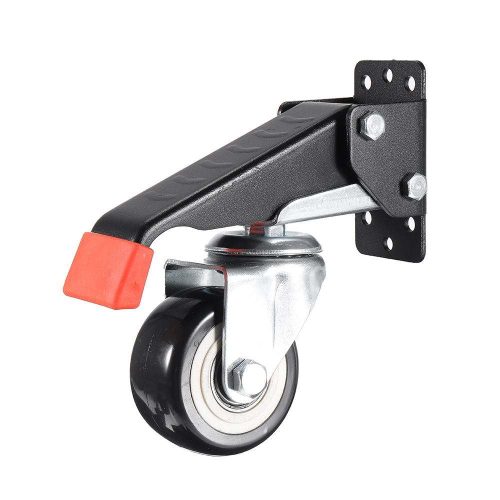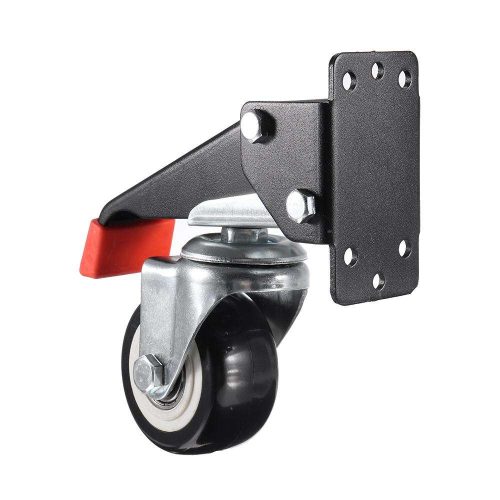When it comes to industrial applications, selecting the right heavy-duty casters can make all the difference. These small wheels play a big role in moving heavy equipment and machinery with ease, efficiency, and safety. In this comprehensive guide, we’ll walk you through the key factors to consider when choosing heavy-duty casters for your industrial needs.
Load Capacity
One of the first things to determine is the load capacity required. You need casters that can handle the weight of your equipment. Heavy-duty casters are designed for this purpose, but it’s crucial to know the exact load you’re dealing with.
Floor Conditions
Consider your work environment. If you’re working on uneven surfaces, like factory floors, opt for casters with larger wheels and excellent wear resistance. This ensures smooth operation even on challenging terrains.
Caster Type
Heavy-duty casters come in two primary types: rigid and swivel. Rigid casters move only in a straight line, while swivel casters rotate in multiple directions. Your choice depends on the maneuverability you need for your application.
Material Selection
Casters are made from a variety of materials such as rubber, polyurethane, nylon, and steel. The material choice impacts durability, resistance to chemicals, and noise levels. Select a material that matches the demands of your specific application.
Brake Systems
In some applications, having a brake system is essential. It ensures that your equipment stays stationary when needed, enhancing safety. Determine whether you require casters with built-in brakes and ensure they are easy to operate.
Maintenance Requirements
Consider the maintenance needs of the casters you choose. Some casters require more frequent maintenance than others. If minimal maintenance is essential for your operation, opt for low-maintenance casters.
Cost Considerations
While quality is paramount, cost is also a factor. Heavy-duty casters come in a range of price points. Strike a balance between your budget and the quality of casters required for your application.
Ergonomics and Noise
Take into account the ergonomics of using heavy-duty casters. Ergonomic design can reduce the physical strain on operators. Additionally, consider the noise level produced by the casters, especially in noise-sensitive environments.
Compatibility with Equipment
Ensure that the casters you choose are compatible with the equipment they will be supporting. Check the dimensions, mounting options, and any specific requirements for attachment.
In conclusion, choosing the right heavy-duty casters for your industrial application is a crucial decision that can impact both productivity and safety. By considering factors such as load capacity, floor conditions, caster type, material selection, brake systems, maintenance requirements, cost, ergonomics, noise, and equipment compatibility, you can make an informed choice that best suits your needs. Remember that investing in high-quality casters is an investment in the efficiency and safety of your industrial operations.


